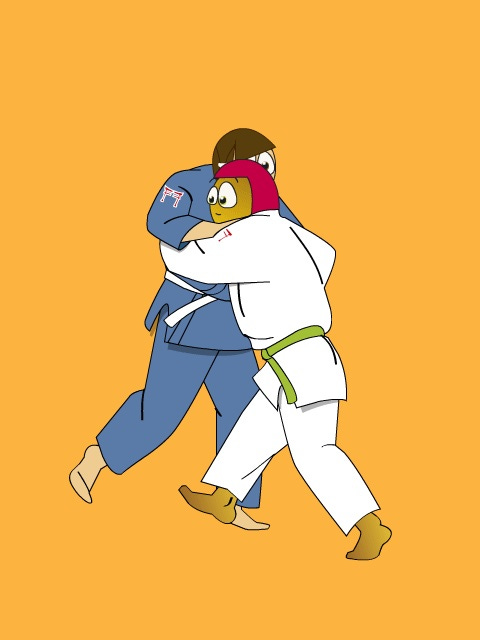Building on last week's foot placement drill for ippon-seoi-nage, today we’re adding a combination to our skill set: ko-uchi-gari → ippon-seoi-nage.
Ko-uchi-gari is a good setup technique because it creates movement—breaking uke's balance and forcing stance adjustments. When your partner repositions or pushes back to regain stability, they become significantly easier to throw than when static.
Training Resources
These are the resources available for paying subscribers:
Dojo poster: shows the full ko-uchi-gari → ippon-seoi-nage sequence step by step.
The QR code on the poster leads to an animation of the combination to watch.
If you have a paid subscription you can download the poster and worksheet here.
"Learn 20 Combinations: Advanced Judo" Book—available on Amazon and perfect for reinforcing what they're learning in class!
🥋🥋 Koka COMBINATIONS
Ko-uchi-gari → Ippon Seoi-nage
My secret to making this combination work was not to pull my opponent into the ko-uchi-gari but instead allow them to step into it themselves. I’d watch their natural footwork pattern and notice as they’d step forward. We all tend to repeat patterns, and once you see your opponent’s pattern, then it’s just a matter of waiting and being ready for them to repeat it.
Here’s how to train it:






